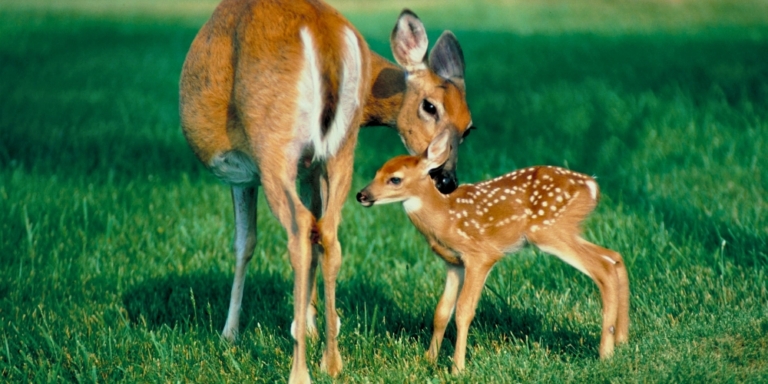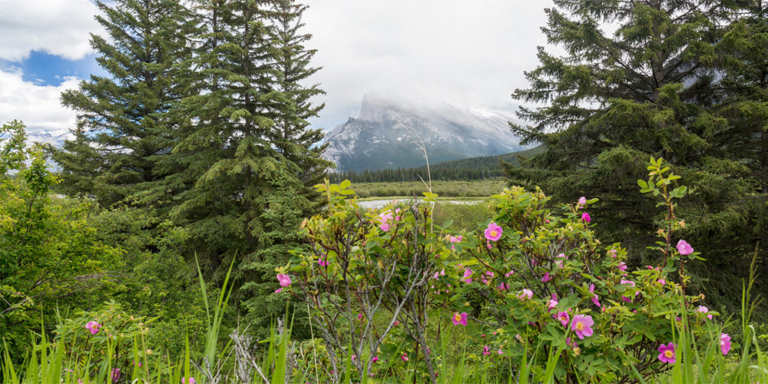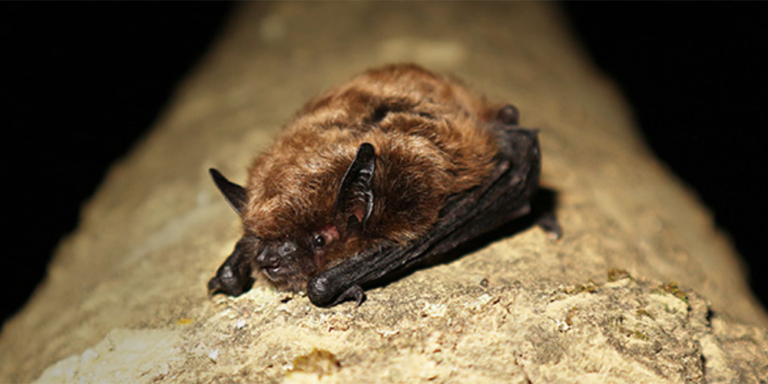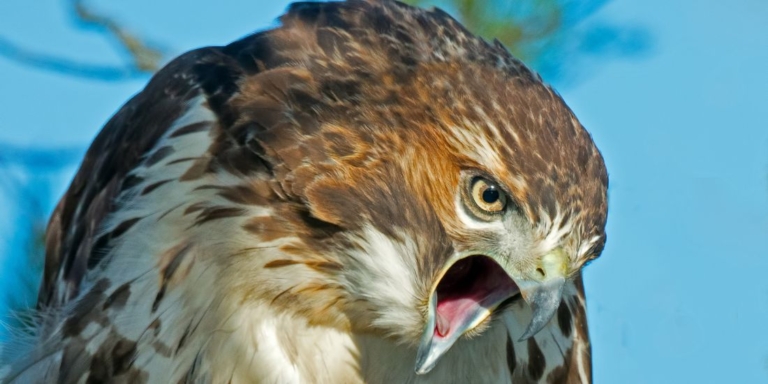Rudolph may have a shiny red nose and be the subject of one of our favourite Christmas carols, but Dasher, Dancer, Prancer, and Vixen are hardy beasts. Reindeer, or Caribou as we call them in Canada, live in the toughest-to-survive areas that other animals shy away from.
From the “snow-shoe” sized hooves they use to traverse snow to the fuzzy scoop-shaped antlers they use to dig through it, Caribou are perfectly adapted to getting through brutal winters eating only lichen.
Suffice to say, they’re built for survival. Yet, their lives have gotten harder. As humans have moved in and destroyed more and more of their habitat and as weather conditions have changed – they’ve been pushed to their limits.
The Same, Yet Different
In Canada, all caribou belong to a single species despite having different appearances, behaviours, and habitats.
There are four main subspecies of the caribou. The giant herds we think of in the Arctic tundra are barren-ground caribou. Peary caribou are the smallest subspecies and live the farthest north, mainly on the islands of the Arctic archipelago. If Santa used ‘reindeer’ from Canada, these would be the ones he tamed.
Two subspecies of caribou live in Alberta: the boreal caribou, which lives, as its name suggests, in the boreal forest, And the southern mountain or woodland caribou, which are the ones that live in the Canadian Rockies.
Over recent years, southern mountain caribou populations have declined significantly. This is due to increased predation, which is linked to human-caused habitat disturbance. In 2018, the Minister of Environment determined that southern mountain caribou are facing imminent threats to their recovery.


Jasper Breeding Program
One place that does not have a fractured habitat is Jasper National Park. In the park, four herds of caribou live in the backcountry, and Parks Canada has hatched a plan to help these caribou recover in numbers.
“Without intervention, the Brazeau and Tonquin caribou will disappear,” said Terry Duguid, the Parliamentary Secretary to the Minister of Environment.
Parks Canada has partnered with the BC-based consulting firm Landmark Solutions to make a conservation breeding program a reality. According to program manager Jean-Francois Bisaillon, this is a pioneering move.
“While they’ve tried something similar in Finland and other places, this is the first time such an initiative is being attempted in Canada. It’s an exciting development for Parks Canada!” he told CBC.
Parks Canada has set up a facility on approximately 65 hectares near Tonquin Valley. The backcountry area will be staffed by up to six full-time team members year-round. Their mission? To look after around 40 female caribou and eight male caribou.
They’ll bring the caribou into this safe haven, away from potential predators, and let them do their thing. After caribou moms give birth to their little ones, they’ll stay in the protected area for over a year before returning to the unprotected parts of the Tonquin Valley. That’s when the real adventure begins.
The hope is that these caribou will become self-reliant and thrive in their natural habitat. Joshua Kummerfield says they want these caribou to remain wild at heart without getting too accustomed to people.
Indigenous Partners
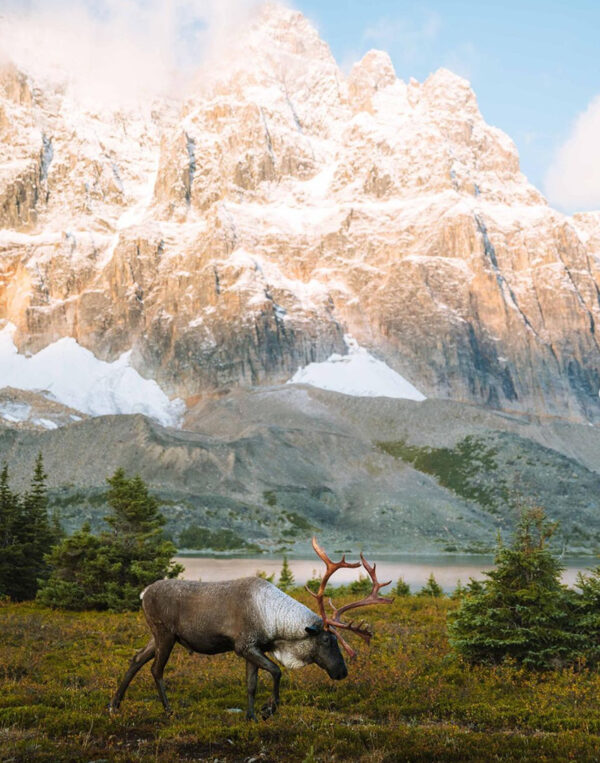

Parks Canada is not going it alone. In addition to their partnership with Landmark Solutions, they’ve engaged Indigenous partners from the Mountain Cree and Kelly Lake Cree Nation to lend their expertise. The First Nations partners are sharing their traditional knowledge of caribou management to ensure this project succeeds.
Frank Roan, representing the Mountain Cree, is enthusiastic about the collaboration. For Indigenous communities, caribou are culturally significant and a vital food source. “Preserving what’s important to us is always a win,” says Roan.
While construction is proceeding as planned and within budget, there’s still some work ahead before they can welcome their first batch of caribou in January 2025. It’s an investment in the future, but as the Minister of Environment Steven Guilbeault said, it’s worth it.
“Every child in Canada can recognize a caribou from the iconic image engraved on our 25-cent coins. Preserving this species is an important aspect of our shared cultural and natural heritage in Canada.”
A lot of research and work has gone into protecting southern mountain caribou since they were listed as a species at risk in 2003. Hopefully, this latest effort can turn around the declining herds of this mountain resident.
While our domestic herds may not have red noses, we don’t want them to go down in history.


